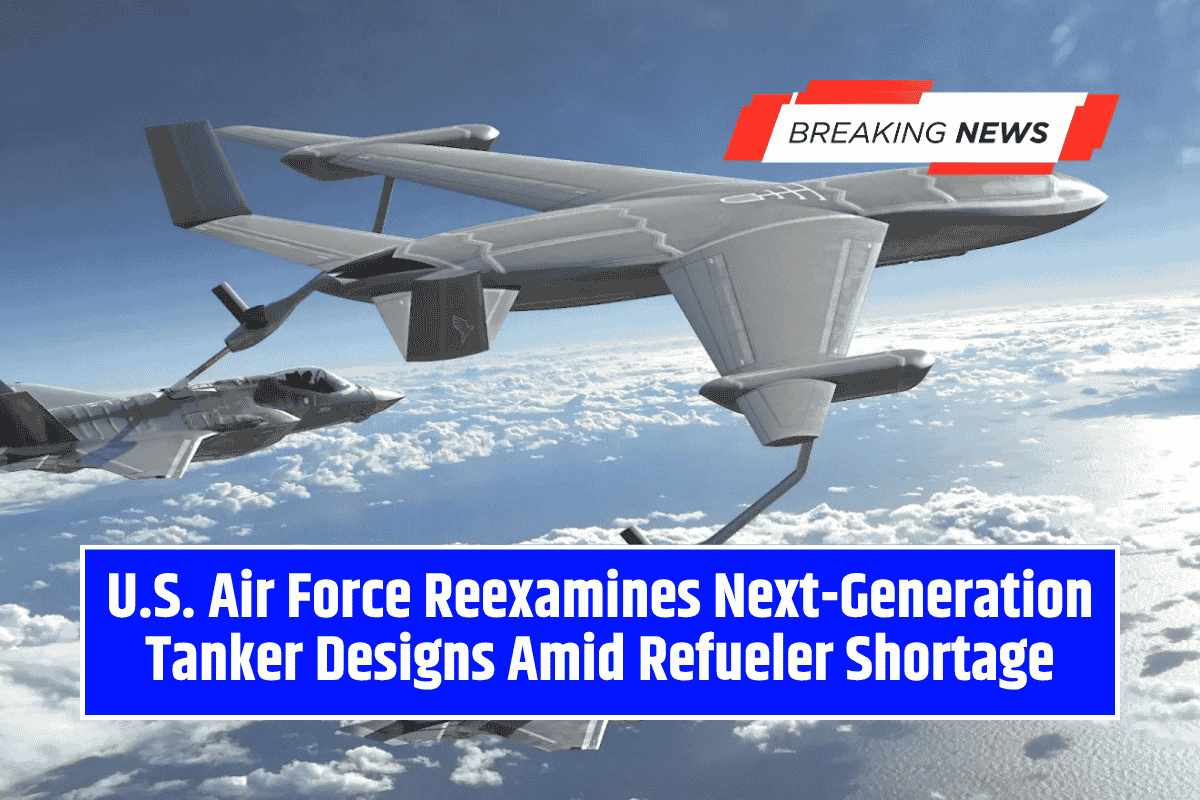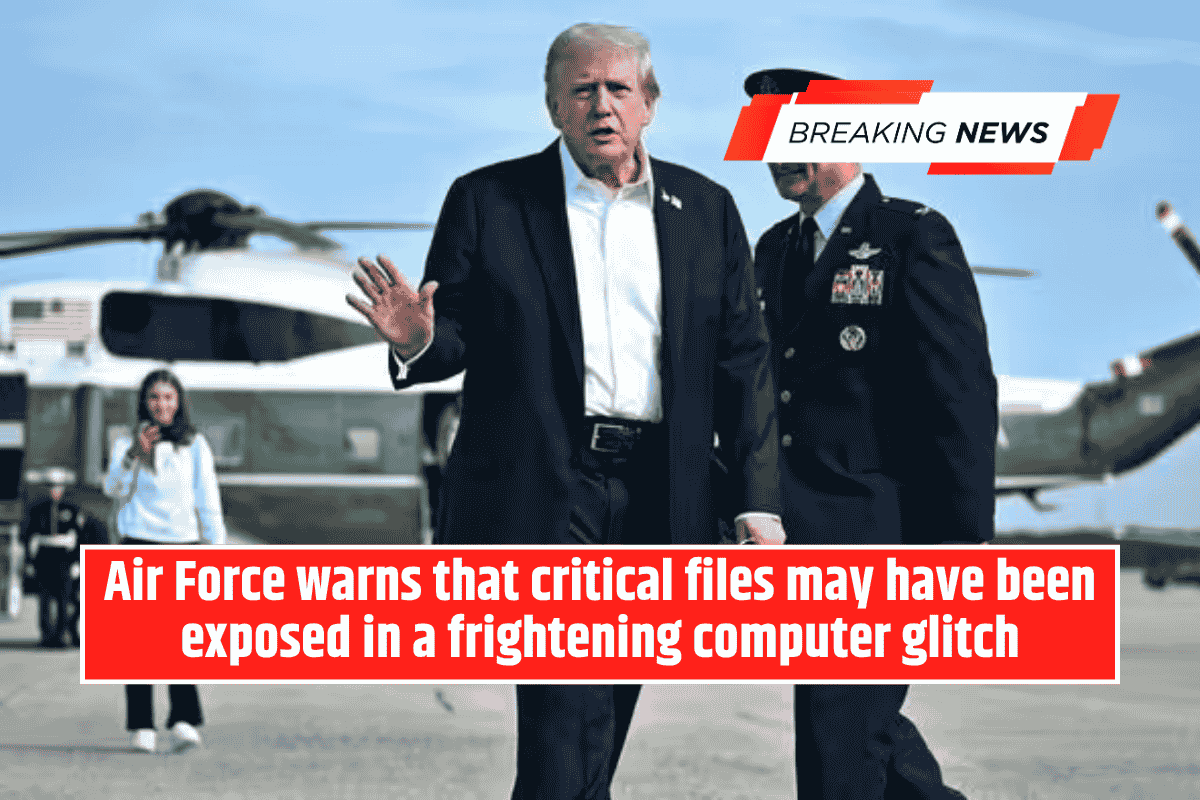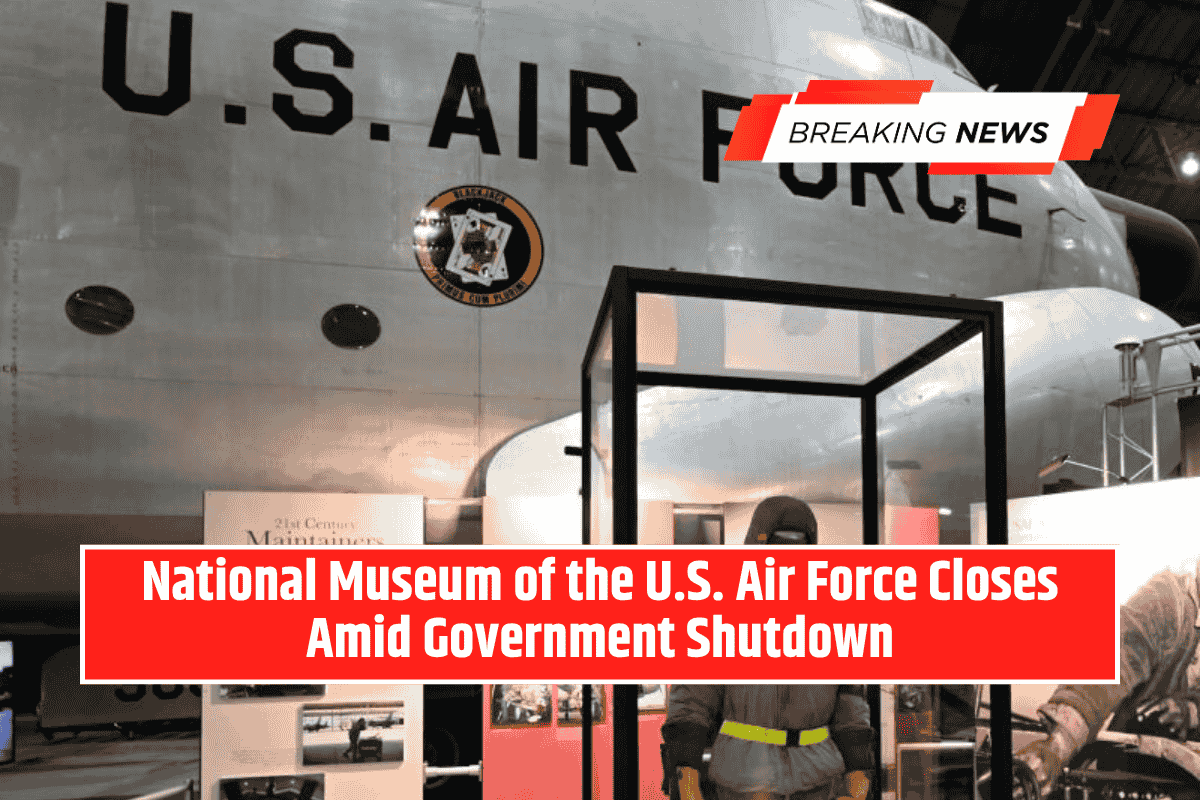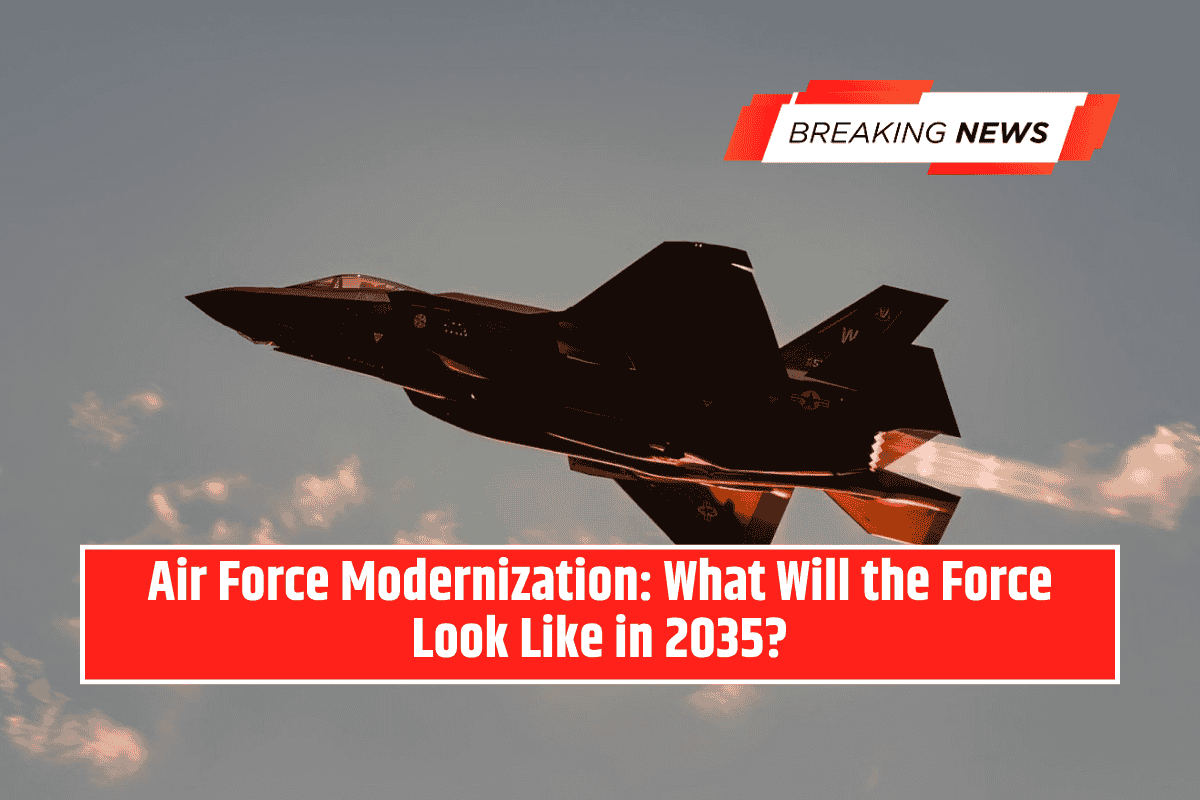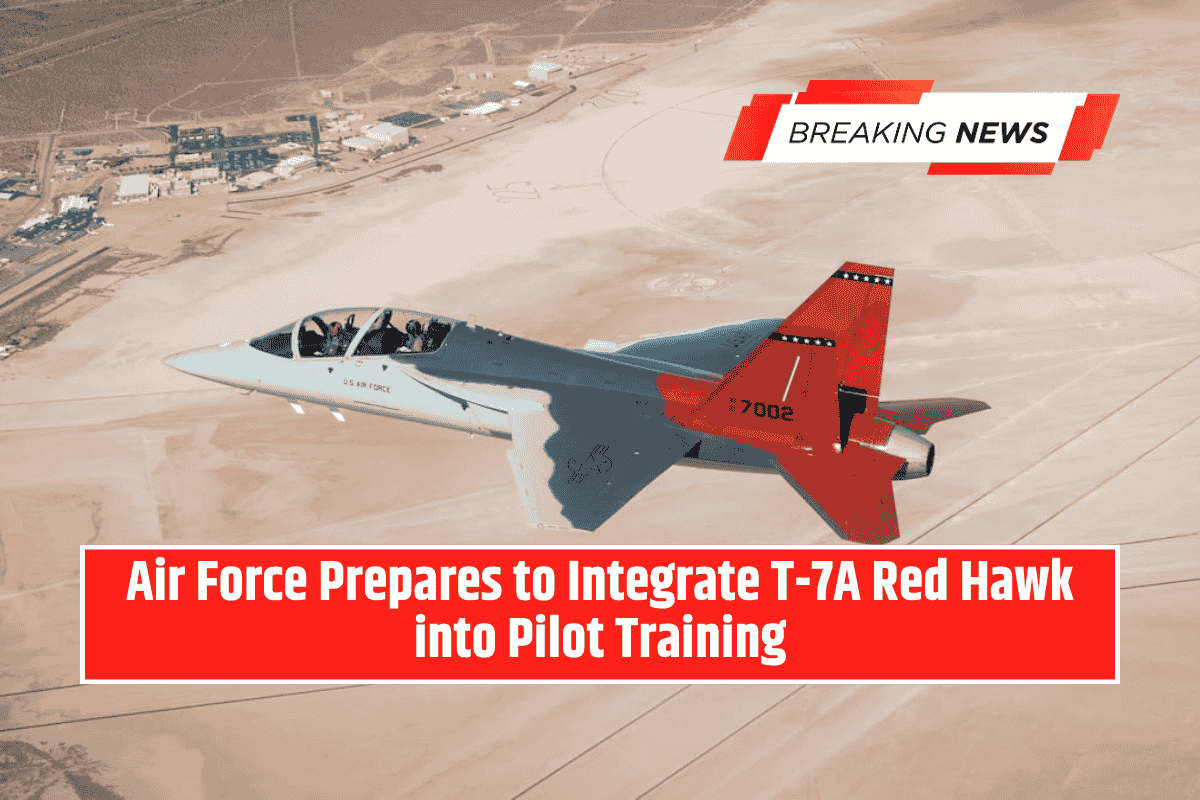The U.S. Air Force is once again prioritizing development of stealth-capable aerial refueling aircraft through its Next-Generation Air Refueling System (NGAS) program.
A new solicitation, posted in August, seeks updated proposals from industry to refine cost estimates for aircraft designs with signature-reducing technology. Responses are due in late October 2025.
Gen. John Lamontagne, commander of Air Mobility Command, explained that initial cost estimates from the Air Force’s analysis of alternatives last winter were “really rough,” prompting the renewed industry call.
The goal is to determine whether NGAS requires stealth levels comparable to the F-35 fighter, or a more balanced design “somewhere in between.”
Balancing Modernization and Current Fleet Demands
While planning NGAS, the Air Force is also investing in modernization of its existing tanker fleet. The service intends to acquire 75 more Boeing KC-46 Pegasus aircraft beyond its current 188-aircraft program of record. This comes as U.S. Transportation Command (TRANSCOM) continues to highlight aerial refueling as the most stressed component of its logistical fleet.
Gen. Randall Reed, head of TRANSCOM, underscored the urgency:
“Air refueling is still the most stressed portion of the fleet that we have… The need for that is not declining. If anything, it will most likely increase as the adversaries continue to test us.”
Exploring a Range of Tanker Concepts
The Air Force’s analysis includes multiple aircraft concepts:
- Conventional large tube-and-wing designs (similar to KC-135s and KC-46s)
- Business-jet-sized tactical tankers
- Blended wing body designs
- Advanced stealth tankers
Business Jet Tankers
Bombardier has pitched its Global fleet as a “global tactical tanker,” bridging the gap between large tankers and smaller fighter requirements. The company is exploring engineering modifications for aerial refueling, including probe-and-drogue or boom systems.
Embraer continues promoting its KC-390 multi-mission aircraft, which already features hose-and-drogue refueling and could integrate a boom system to address U.S. Air Force needs in contested environments.
Stealth Tanker Concepts
Lockheed Martin unveiled a rendering of a stealth tanker in 2024, refueling F-35 fighters. The company believes survivability requires a clean-sheet design beyond conventional commercial airliner-like platforms.
Roderick McLean, VP and GM of Air Mobility and Maritime Missions at Lockheed, emphasized the importance of innovation:
“A typical tube-wing design like a commercial airliner is not sufficient. Survivable assets require new design approaches.”
Blended Wing Body Demonstrator
The Air Force awarded JetZero a $235 million contract in 2023 to develop a blended wing body (BWB) demonstrator, with first flight scheduled for 2027.
Partnered with Northrop Grumman, JetZero’s design could pave the way for a new family of mobility aircraft, including uncrewed systems and short-takeoff capable designs for austere environments.
Future Outlook
The NGAS effort signals that the Air Force is seeking a balance between near-term fleet expansion with KC-46s and long-term survivable tanker designs.
The service’s ongoing industry engagement reflects the urgency of addressing tanker shortages while preparing for contested, high-threat environments where stealth, adaptability, and resilience will be critical.
